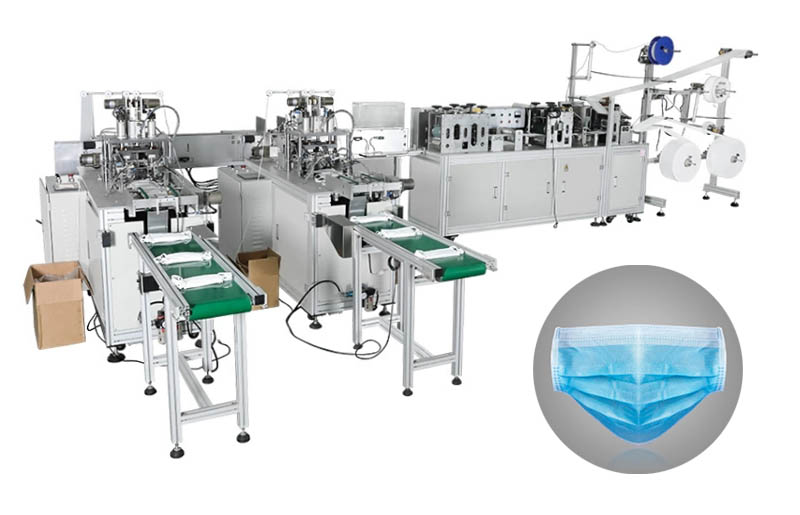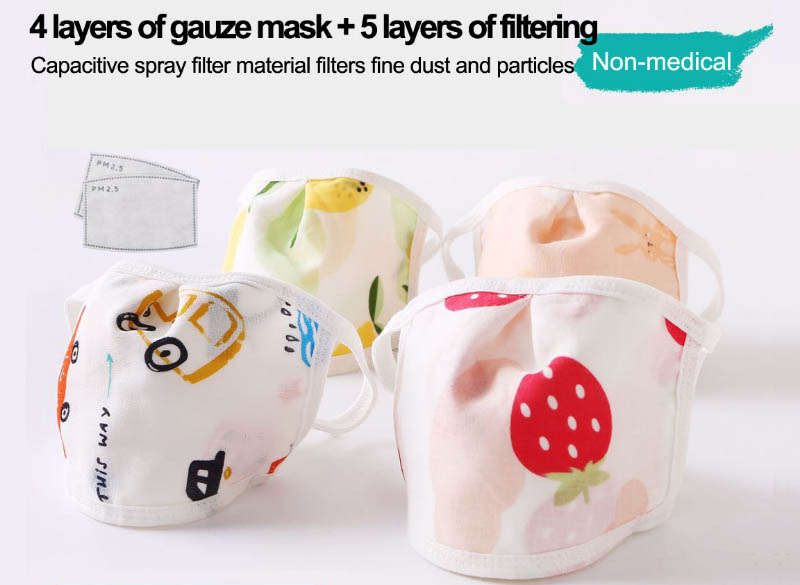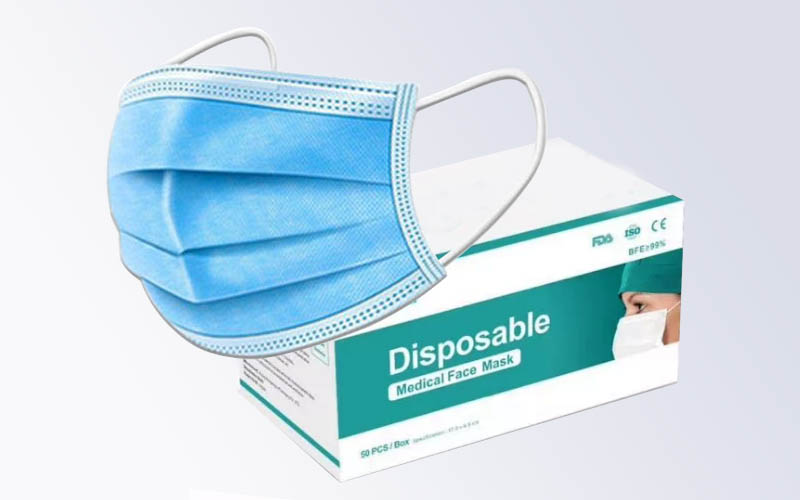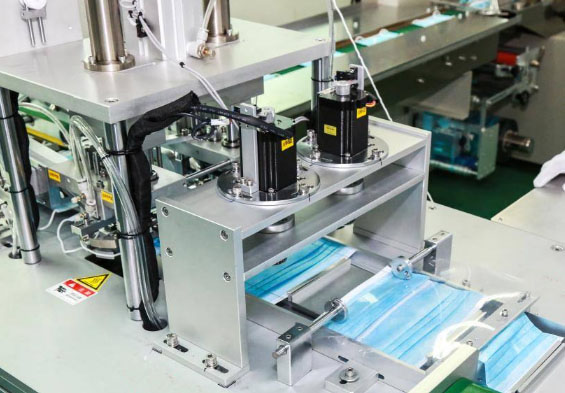NEWS
What do surgical masks and respirators actually do?
In recent days, the surgical masks and respirators are in the state of short supply under the new circumstances of coronavirus. What do surgical masks and respirators actually do when fighting against the COVID-19 outbreak?
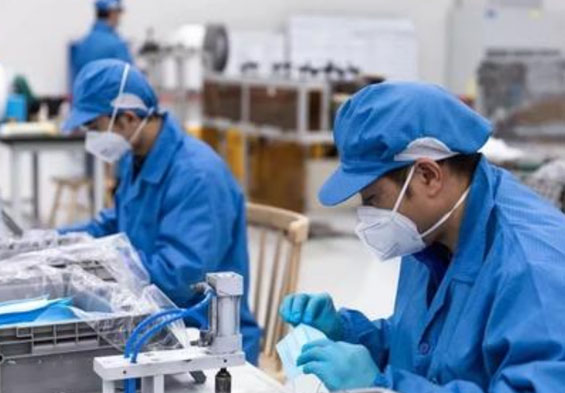
In fact, surgical masks and respirators both act as a barrier that catches hazardous materials before they enter a healthy person’s mouth or nose. Surgical masks are loose-fitting pieces of filtering fabric that typically hook over a wearer’s ears and across their face. In a medical setting, masks can be used to protect healthy wearers, but also to prevent a sick wearer’s fluids (in the form of a sneeze or a cough, or speaking in close proximity) from spreading. Though they come in a variety of protection levels, they are most effective in stopping large droplets of fluid, like blood or saliva. However, air can still escape along the sides of the mask because of their loose fit even when worn correctly.
Medical respirators are cuplike devices that form a tight seal on the wearer’s face. When fitted correctly, inhaled air has to be pulled through the respirator’s filtration material. An N95 designation means that in an optimum setting, the respirator filters out at least 95 percent of particles as the wearer inhales.
Depending on the respirator, the particles it is able to filter out could be thousands of times smaller than a human red blood cell. Because of the intensity of the filtration, N95 respirators can be uncomfortable for the wearer, who may even experience difficulty breathing; the Food and Drug Administration warns that people with respiratory and cardiac issues should not wear them without consulting a doctor.

